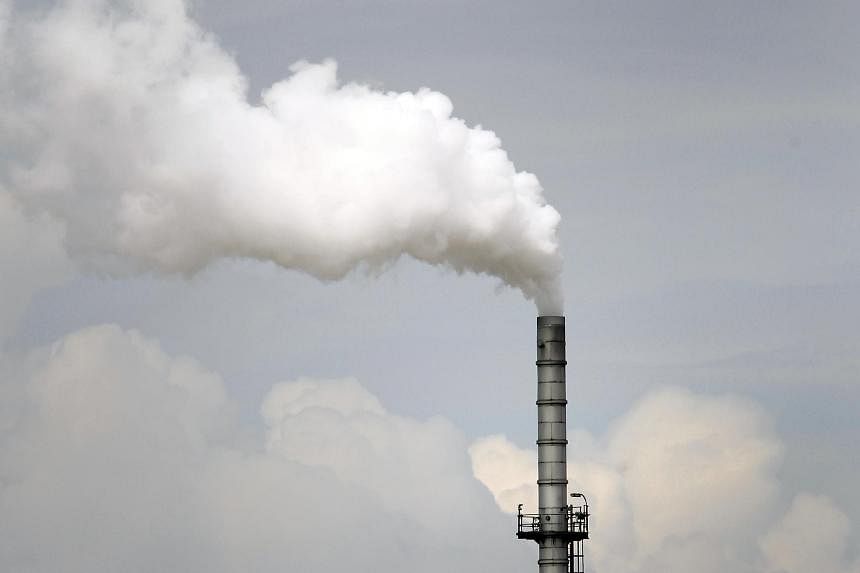SINGAPORE – A study is being conducted to help Singapore adopt the use of low-carbon hydrogen more quickly, when it eventually becomes viable, the Energy Market Authority (EMA) told The Straits Times.
Low-carbon hydrogen, a more climate-friendly fuel compared with natural gas, could supply up to 50 per cent of Singapore’s power needs by 2050, depending on technological advancements and the development of other hydrogen sources.
Singapore currently relies on around 95 per cent natural gas for electricity generation.
To lay the groundwork for the adoption of low-carbon hydrogen in an efficient and cost-effective way, EMA is hiring a consultant to identify a range of policies – from the ownership and operation of hydrogen infrastructure, to incentive and financing schemes – that need to be in place, ST has learnt.
By 2030, there will be at least nine hydrogen-compatible power plants in Singapore.
However, experts and industry players told ST that while hydrogen-ready infrastructure is being developed, there are still impediments to its adoption, with cost being the key barrier.
Currently, the cost of green hydrogen is still three to five times higher than that of natural gas.
Singapore-based PacificLight is “technically ready and prepared” to transition to hydrogen, said its spokeswoman. It is building two power generation units that can burn up to 75 per cent hydrogen once the turbines are operational by the second quarter of 2025.
“However, currently the costs of producing green hydrogen remain high and the necessary infrastructure to support large-scale adoption still needs to be developed,” the spokeswoman added.
EMA subsidiary Meranti Power, which has a hydrogen-ready power plant that will also be operational from June 2025, will be using natural gas as a primary fuel until a supply network for hydrogen is commercially viable, said its spokesman.
A spokesman for the Hydrogen and Fuel Cell Association of Singapore (HFCAS) noted that achieving cost parity between imported natural gas and green hydrogen by 2030 will require “substantial reductions” in the costs of green hydrogen production, storage, and transportation.
In the meantime, government subsidies and policy support will play a crucial role in this transition, noted the spokesman.
Aside from subsidies, a combination of measures will likely be needed, said Mr Are Kaspersen, associate partner at global management consultancy Bain & Company. These include a requirement to switch to lower carbon fuels for power production, and to support infrastructure development to reduce barriers and upfront costs.
Hydrogen can be considered a clean fuel as it does not produce any planet-warming carbon dioxide when burned.
But in order to be considered low-carbon, the fuel must be produced in a way that does not emit any CO2, for example, if it is produced using solar energy.
“While hydrogen technology for power generation remains nascent and the economics of low carbon hydrogen is estimated to be commercially challenging today, hydrogen is expected to play an increasingly important role in Singapore’s transition to a low-carbon economy as technologies continue to advance, supply chains scale, and costs decrease,” said EMA in a tender document seen by ST.

